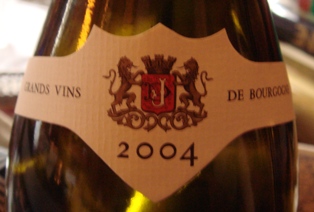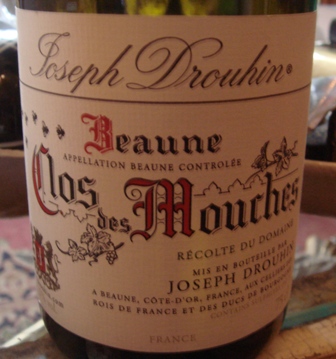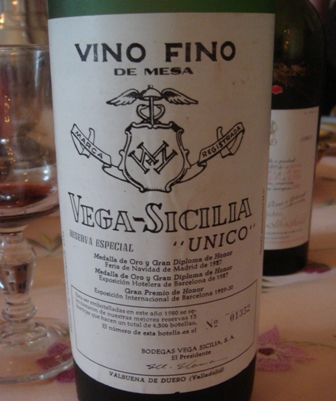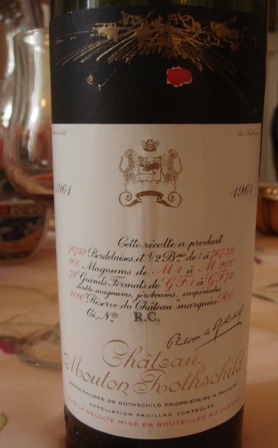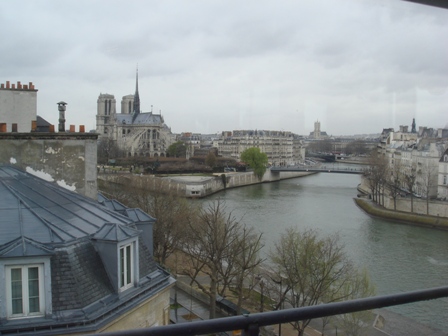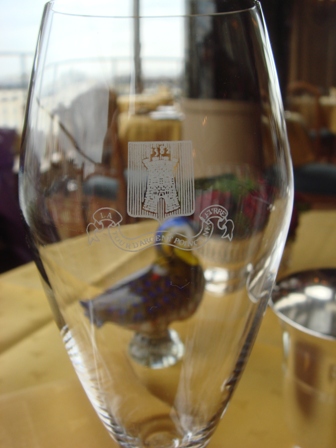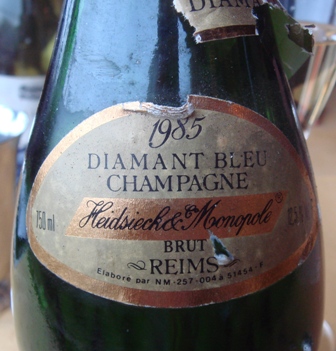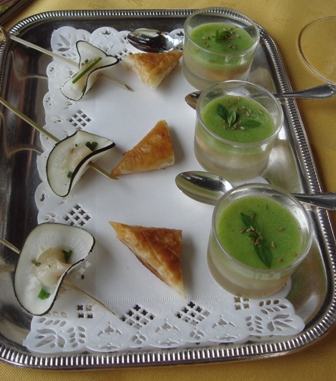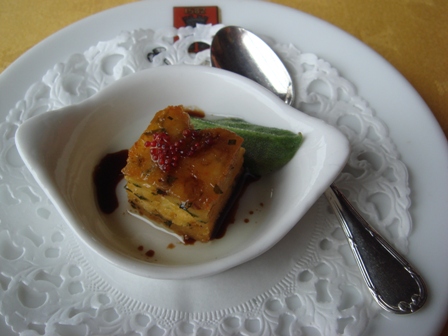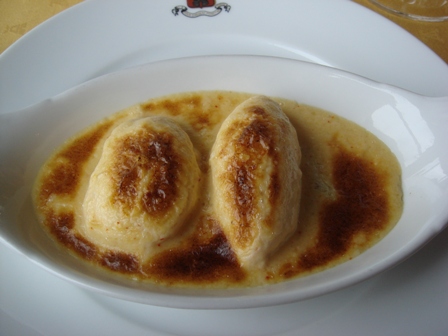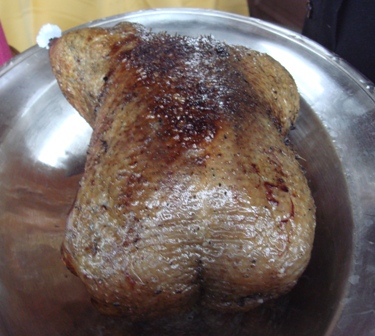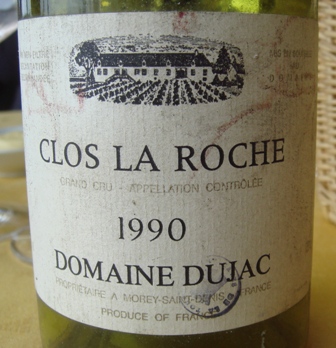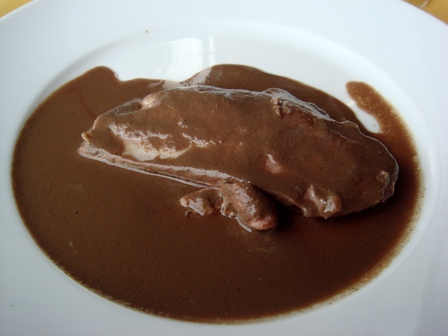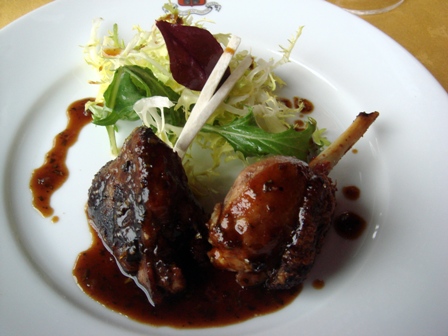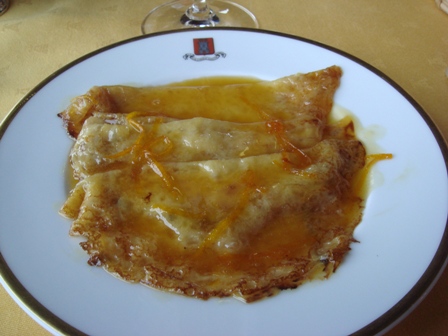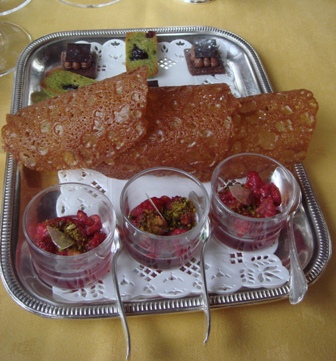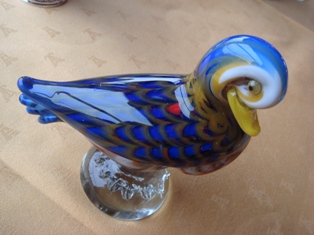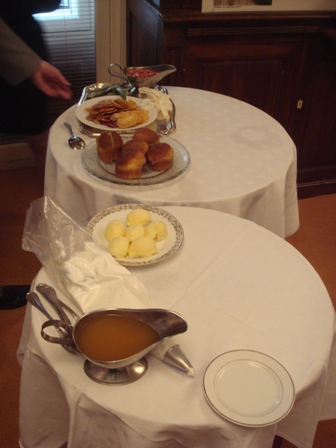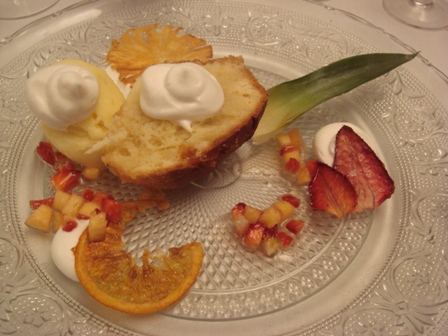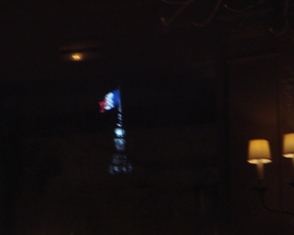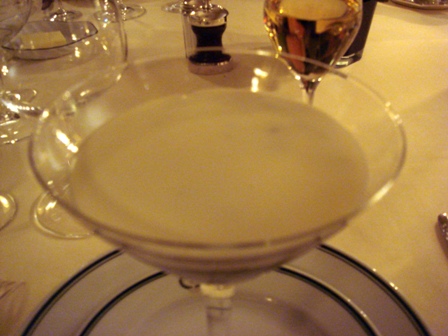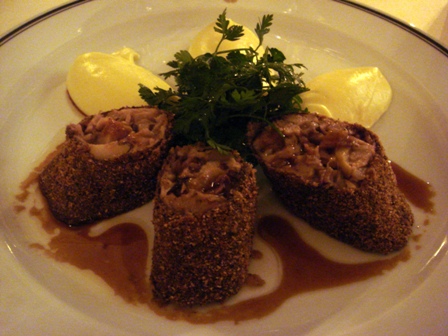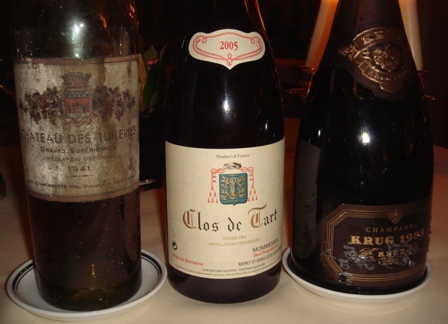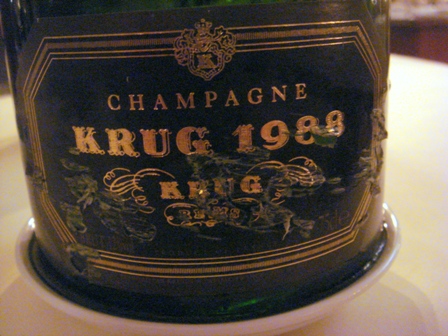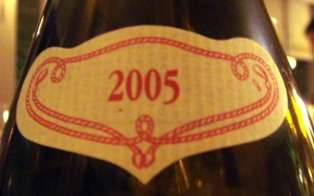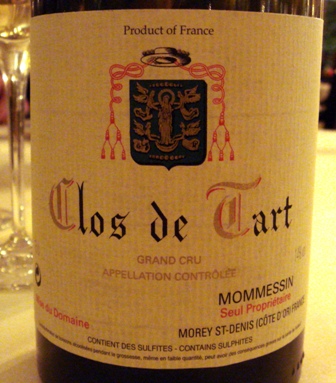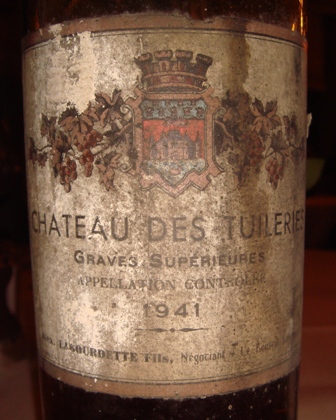Chaque année, des vignerons de Bourgogne regroupés sous la bannière de « Les Domaines Familiaux de Tradition » organisent une dégustation à Paris au Pavillon Ledoyen. Cette année est consacrée aux vins de 2006 et autour de plateaux de fromages du fromager Loiseau, on peut boire non pas des 2006 mais des 1989 apportés par de nombreuses maisons.
Il y a toujours une assistance nombreuse, mais cette année il y a foule. Sommeliers, cavistes, restaurateurs, journalistes sont présents en nombre. Il y a les studieux qui font une approche systématique et les papillons, qui ne vont que sur les stands des plus grands. Et des grands vignerons, il y en a. On pourrait même dire qu’ils sont la majorité.
Imagine-t-on une autre occasion de comparer Rousseau, Mugnier, Roumier, Dujac, Méo-Camuzet, Comtes Lafon, Faiveley et tant d’autres… C’est un luxe inouï. N’ayant aucune obligation, j’ai butiné en appréciant particulièrement quelques vins.
Le Chablis Valmur domaine Raveneau 2006 est un merveilleux Chablis. Le Meursault Clos de la Barre domaine Comte Lafon 2006 a un nez d’une rare noblesse, et en bouche, c’est un festival. Le Corton Charlemagne Beonneau du Martray 2006 est conforme à sa réputation.
En ce qui concerne les rouges, le Chambertin Clos de Bèze Armand Rousseau 2006 est merveilleux, et le Clos Saint-Jacques Armand Rousseau 2006 a un charme subtil qui me ravit. Le Bonnes-Mares Georges Roumier 2006 est une leçon de perfection. Le Musigny J.F. Mugnier 2006 a une subtilité qui correspond à ma sensibilité. Le Clos-de-la-Roche domaine Dujac 2006 est généreux et joyeux.
Le fait de pouvoir passer de l’un à l’autre de ces vins immenses est un grand plaisir auquel s’ajoute celui de discuter avec des vignerons de talent.
Parmi les 1989 que l’on se disputait de haute lutte, j’ai eu la chance que mon bras se tende au bon moment pour le Corton Charlemagne Bonneau du Martray 1989 d’une maturité convaincante, sur l’extraordinaire Meursault Clos de la Barre Comte Lafon 1989 que j’ai fait sentir à Eric Rousseau qui était tout proche, tant ce parfum est d’une totale perfection. Et j’ai saisi quelques gouttes du Musigny Domaine Mugnier 1989 d’une belle harmonie.
J’ai raté le Clos-de-la-Roche domaine Dujac 1989 que j’aurais aimé comparer au 1990 que je venais de boire à La Tour d’Argent. Mais il faut savoir en laisser aux autres ! Cette manifestation de grands vignerons est toujours un bonheur car ils sont accessibles et discutent avec tous les professionnels présents. L’année 2006 est d’une très grande qualité. Après 2005 qui est une hyperbole, le 2006 sera un millésime qui met en valeur toutes les qualités de subtilité de la Bourgogne. Ce fut un grand moment.
